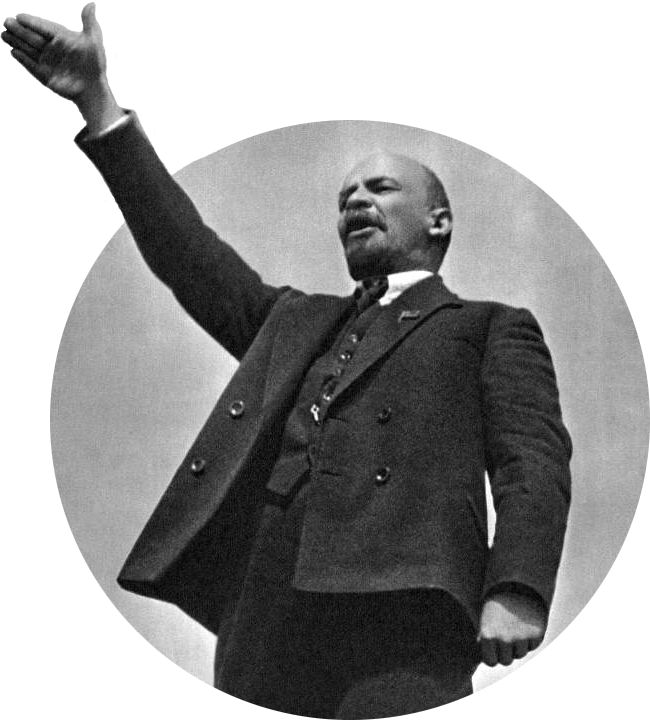History of the Mongolian People's Republic (Aleksandr Guber, Shagdaryn Bira, Sanje Dylykov, Hudogiin Perlee, Georgiy Kim, Shagdarjavyn Natsagdorj, Bazaryn Shirendev, Yevgeniy Zhukov)
From ProleWiki, the proletarian encyclopedia
 | Some parts of this article were copied from external sources and may contain errors or lack of appropriate formatting. You can help improve this article by editing it and cleaning it up. |
History of the Mongolian People's Republic | |
|---|---|
| Author | Aleksandr Guber, Shagdaryn Bira, Sanje Dylykov, Hudogiin Perlee, Georgiy Kim, Shagdarjavyn Natsagdorj, Bazaryn Shirendev, Yevgeniy Zhukov |
| Original language | Russian |
| Publisher | Nauka |
| First published | 1973 Moscow |
| Type | Book |
| Source | Internet Archive |